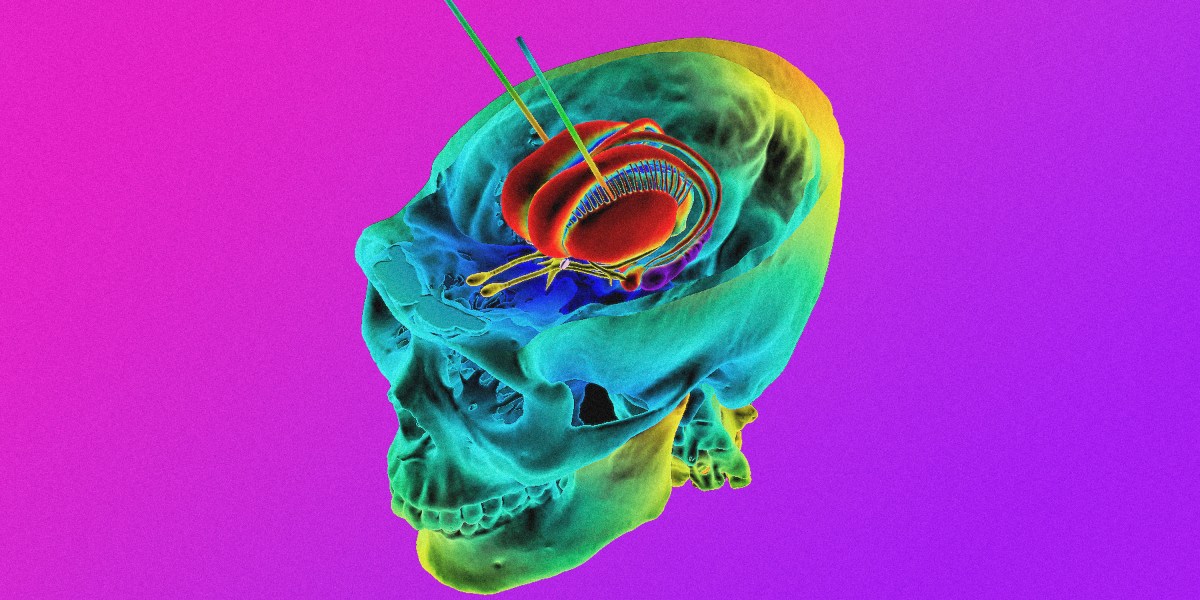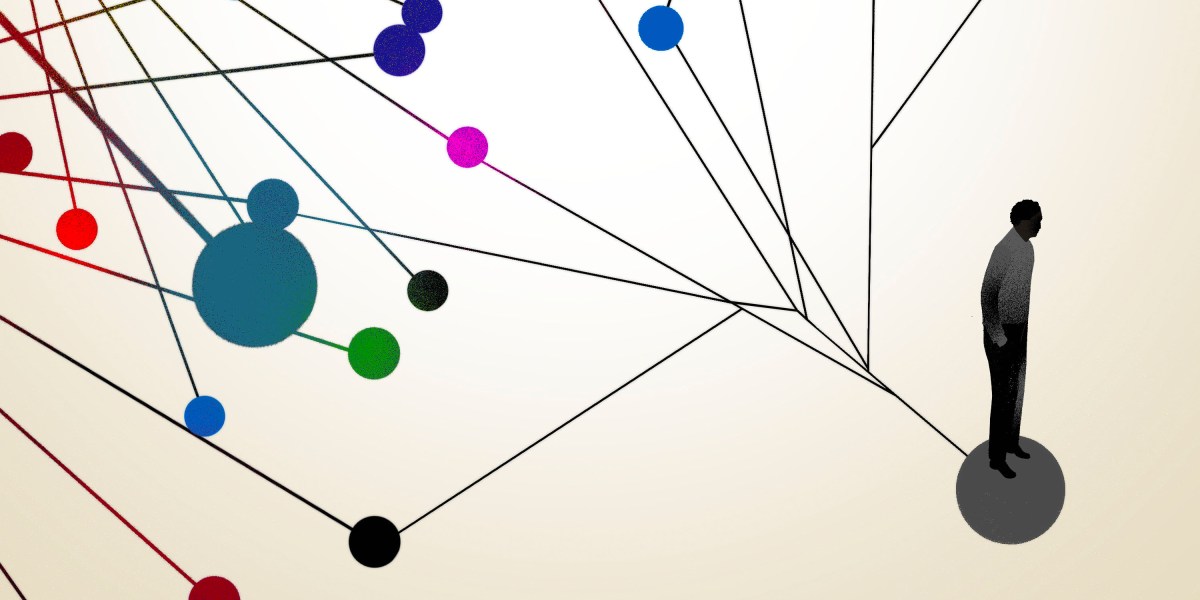How scientists want to make you young again
A little over 15 years ago, scientists at Kyoto University in Japan made a remarkable discovery. When they added just four proteins to a skin cell and waited about two weeks, some of the cells underwent an unexpected and astounding transformation: they became young again. They turned into stem cells almost identical to the kind found in a days-old embryo, just beginning life’s journey.
At least in a petri dish, researchers using the procedure can take withered skin cells from a 101-year-old and rewind them so they act as if they’d never aged at all.
Now, after more than a decade of studying and tweaking so-called cellular reprogramming, a number of biotech companies and research labs say they have tantalizing hints the process could be the gateway to an unprecedented new technology for age reversal. By applying limited, controlled doses of the reprogramming proteins to lab animals, the scientists say, they are seeing evidence that the procedure makes the animals—or at least some of their organs—more youthful.
One of the key promoters of this idea, Richard Klausner, took the stage in June at a glitzy, $4,000-per-ticket retreat in San Diego, where he flashed data from unpublished experiments in which sick mice bounced back to health after undergoing the experimental treatment.
Klausner was pitching nothing less than “medical rejuvenation”—a means of taking old animals and making them “young.” He is the organizer and chief scientist of Altos Labs, a new research company seeded with more than $3 billion from ultra-wealthy figures in Silicon Valley and oil money from the Persian Gulf. Klausner and his financiers had swept up dozens of top scientists—offering salaries of $1 million and more—and set them to work on a technology the company now calls “rejuvenation programming.”
It seems to work at least in part by resetting what’s called the epigenome—chemical marks on DNA that control which genes are turned on, or off, in a cell. In aging, some of these markers get flipped to the wrong positions. Reprogramming is a technology that can flip them back. But it can also change cells in dangerous ways, even causing cancer.
The objective of Altos is to tame this phenomenon, understand it, and eventually apply it as a treatment to reverse a wide range of diseases. This may be possible, Klausner says, because youthful cells have more resilience and can bounce back from biological stress in ways old ones don’t. And Klausner has data to suggest it might already be working. During his talk, he showed slides marked “Confidential” claiming that fat mice had recovered from diabetes after treatment, and that others were able to survive normally lethal doses of painkillers—all thanks to a healthy dose of the medical rejuvenation.
“We think we can turn back the clock,” he told the audience.
Klausner is the former head of the National Cancer Institute and onetime leader for global health at the Gates Foundation. He is a heavy hitter who has also been behind some of today’s most high-profile biotech ventures, like the cancer blood-test company Grail. Yet even for him, rejuvenation is wildly ambitious. That is because if you can make cells act younger, healthier, and more resilient, you might have a general-purpose means of forestalling many diseases all at once. “This is the opposite of precision medicine,” Klausner said.
Fountain of rejuvenation
To be sure, the word “rejuvenation” sounds suspicious, like a conquistador’s quest or a promise made on a bottle of high-priced face cream. Yet rejuvenation is all around us, if you look. Millions of babies are born every year from the aging sperm and egg cells of their parents. Cloning of animals is another example. When Barbra Streisand had her 14-year-old dog cloned, cells from its mouth and stomach were returned to her as two frolicking puppies. These are all examples of cells being reprogrammed from age to youth—exactly the phenomenon companies like Altos want to capture, bottle, and one day sell.
For now, no one has a firm idea what these future treatments could look like. Some say they will be genetic therapies added to people’s DNA; others expect it’s possible to discover chemical pills that do the job. One proponent of the technology, David Sinclair, who runs an aging-research lab at Harvard University, says it could allow people to live much longer than they do today. “I predict one day it will be normal to go to a doctor and get a prescription for a medicine that will take you back a decade,” Sinclair said at the same California event. “There is no reason we couldn’t live 200 years.”
It’s this type of claim that raises so much skepticism. Critics see ballooning hype, runaway egos, and science that’s on uncertain ground. But the doubters this year were drowned out by the sound of stampeding investors. In addition to Altos, whose $3 billion ranked as possibly the single largest startup fundraising drive in biotech history, the cryptocurrency billionaire Brian Armstrong, the cofounder of Coinbase, helped bring $105 million into his own reprogramming company, NewLimit, whose mission he says is “radical extension of human health span.” Retro Biosciences, which says it wants to “increase healthy human lifespan by 10 years,” raised $180 million.
These huge expenditures are being made despite the fact that scientists still disagree on the causes of aging. Indeed, there’s no real consensus on when in life aging even begins. Some say it starts at conception, while others think it’s at birth or after puberty.
“There is no reason we couldn’t live 200 years.”
David Sinclair, Harvard University
But all the unknowns are part of what makes the reprogramming phenomenon so attractive. Klausner admits that the details of why reprogramming works remain a “complete mystery,” but that too helps explain the sudden rush to invest in the idea. If there is a fountain of youth in the genome, the first to locate it could reinvent medicine and revolutionize how we treat the myriad of diseases that plague our old age.
Alchemy project
To get a reality check on Klausner’s lecture, I asked an embryologist and stem-cell specialist, Alfonso Martinez Arias, to watch a recording. Martinez, whose lab is at the Pompeu Fabra University, in Barcelona, wrote back that he had to hold his stomach while he watched, so grandiose were the claims. “He was evangelical about something which, at the moment, is interesting but very preliminary and [on] shaky ground,” says Martinez. Klausner was speaking “as if he had drunk some Kool-Aid.”
Martinez says that to him, Altos is an alchemy project, the kind that medieval rulers once financed in the search for the philosopher’s stone—a substance they believed could turn lead into gold, not to mention cure all disease. Martinez wasn’t entirely negative, though. “There are people at Altos who know how to do science,” he says. And, he notes, even alchemists ended up making valuable discoveries.
The basic technique Altos is exploring is the procedure discovered in 2006 by the Japanese scientist Shinya Yamanaka, who is now a scientific advisor to the company. The four proteins (now called “Yamanaka factors”) that he and his students identified could cause ordinary cells to turn into potent stem cells, just like those found in embryos. This discovery earned him a Nobel Prize in medicine in 2012.
“Is there any evidence for your $3 billion project?”
Martin Borch Jensen, Gordian Biotechnology
Initially, Yamanaka’s discovery was employed to reprogram cells from patients to make stem cells, which could then be used to try to manufacture transplantable tissues, retina cells, or neurons. Other scientists wondered what would happen if they introduced Yamanaka’s factors into living animals. In 2013, a Spanish team did exactly that, with gruesome results. The mice sprouted tumors called teratomas, blobs of renegade embryonic tissue.
The problem for these reprogrammed mice was that the process doesn’t just make cells young; it also erases their identity and turns them into embryonic stem cells, which don’t belong in an adult. Joe Betts-Lacroix, the CEO and founder of Retro, says researchers were soon asking a new question: “Is there some way that those two phenomena can be uncoupled so that you can have some of the age wiped away, but not have all your identity wiped away so that you become a pile of stem-cell protoplasm and die?”
In 2016, researchers at the Salk Institute in California, headed by Juan Carlos Izpisua Belmonte, reported that the answer might be yes. They genetically engineered mice afflicted with progeria, a condition that causes extremely rapid aging, so that all their cells would make the Yamanaka factors, but only when they were fed a special supplement in their food. That allowed the scientists to turn on the factors for a limited period—just a few hours at a time. Leave the genes on for too long, and the mice got cancer. But with shorter pulses—a tactic now known as partial reprogramming—they didn’t. What’s more, the mice seemed to become healthier and live a bit longer.
How it works
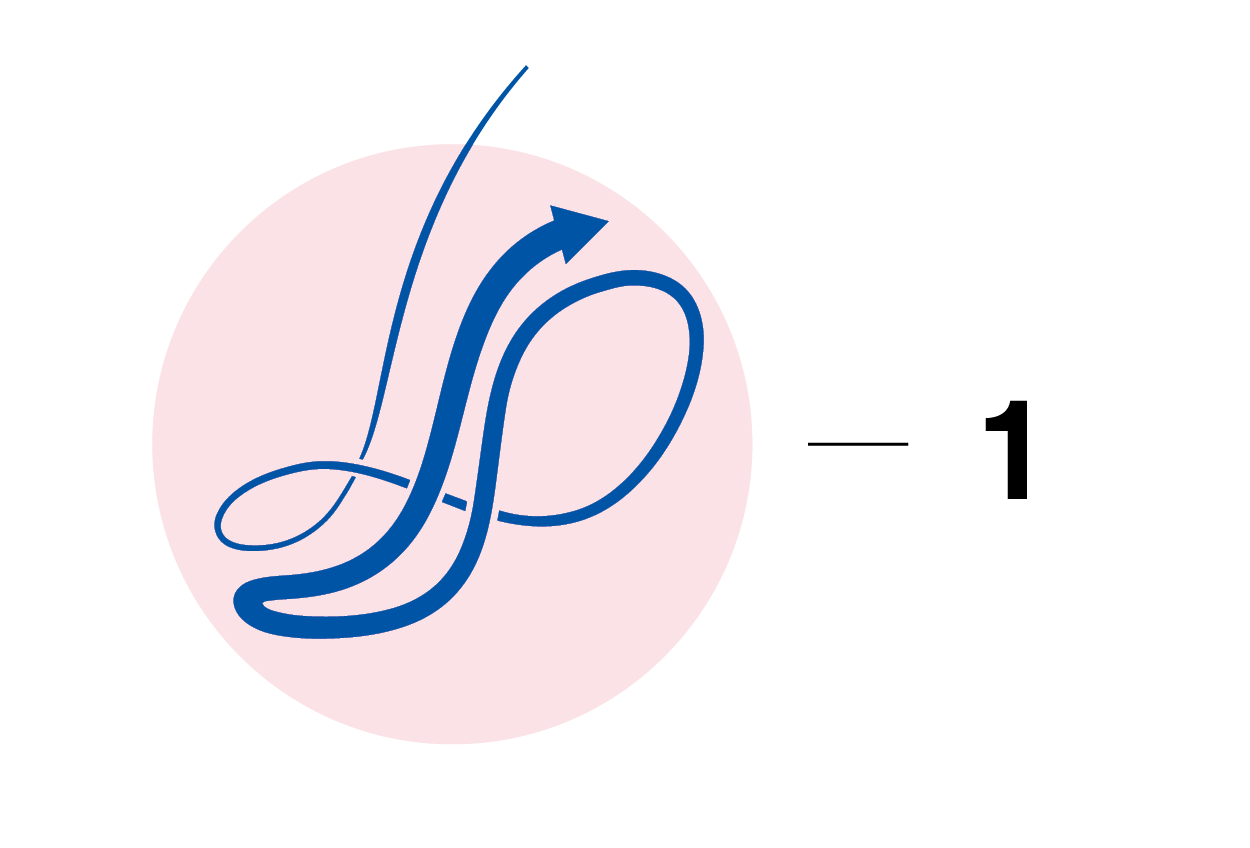
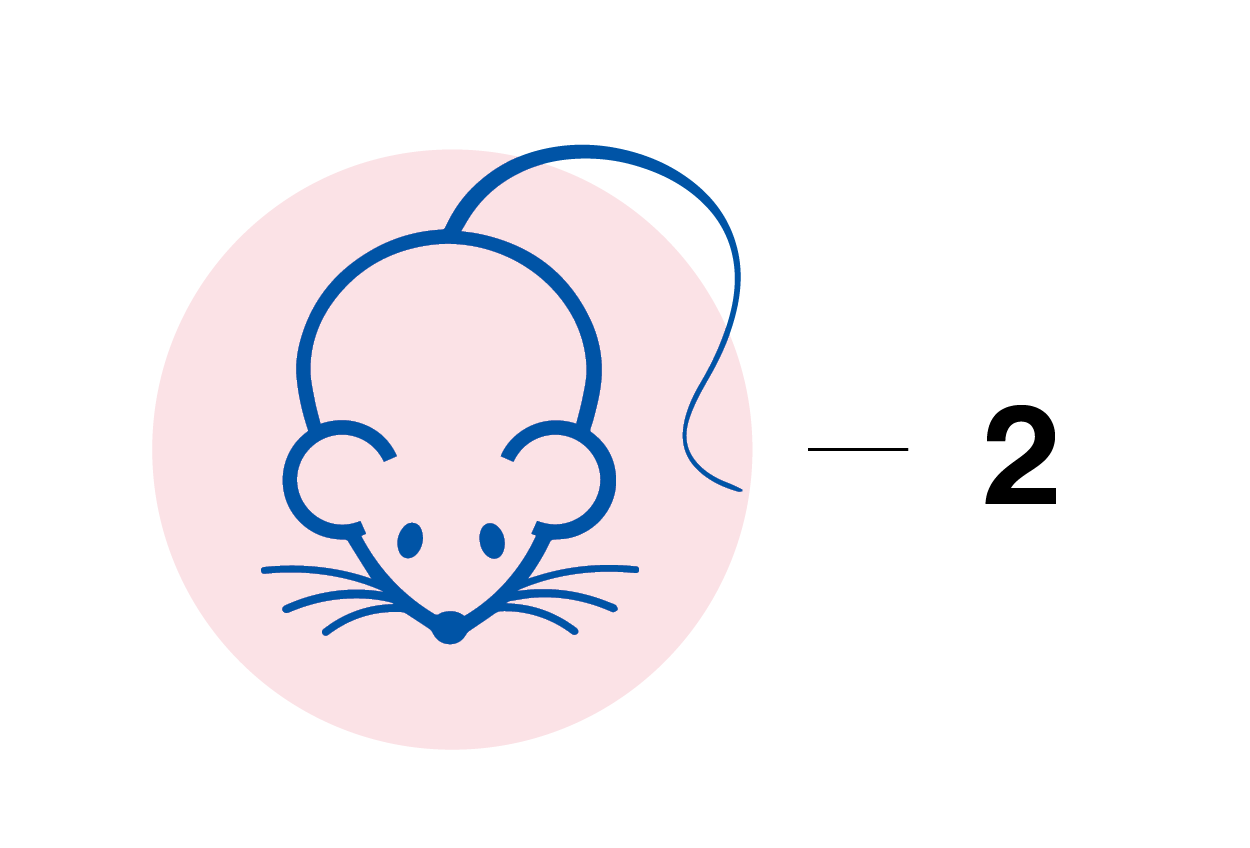
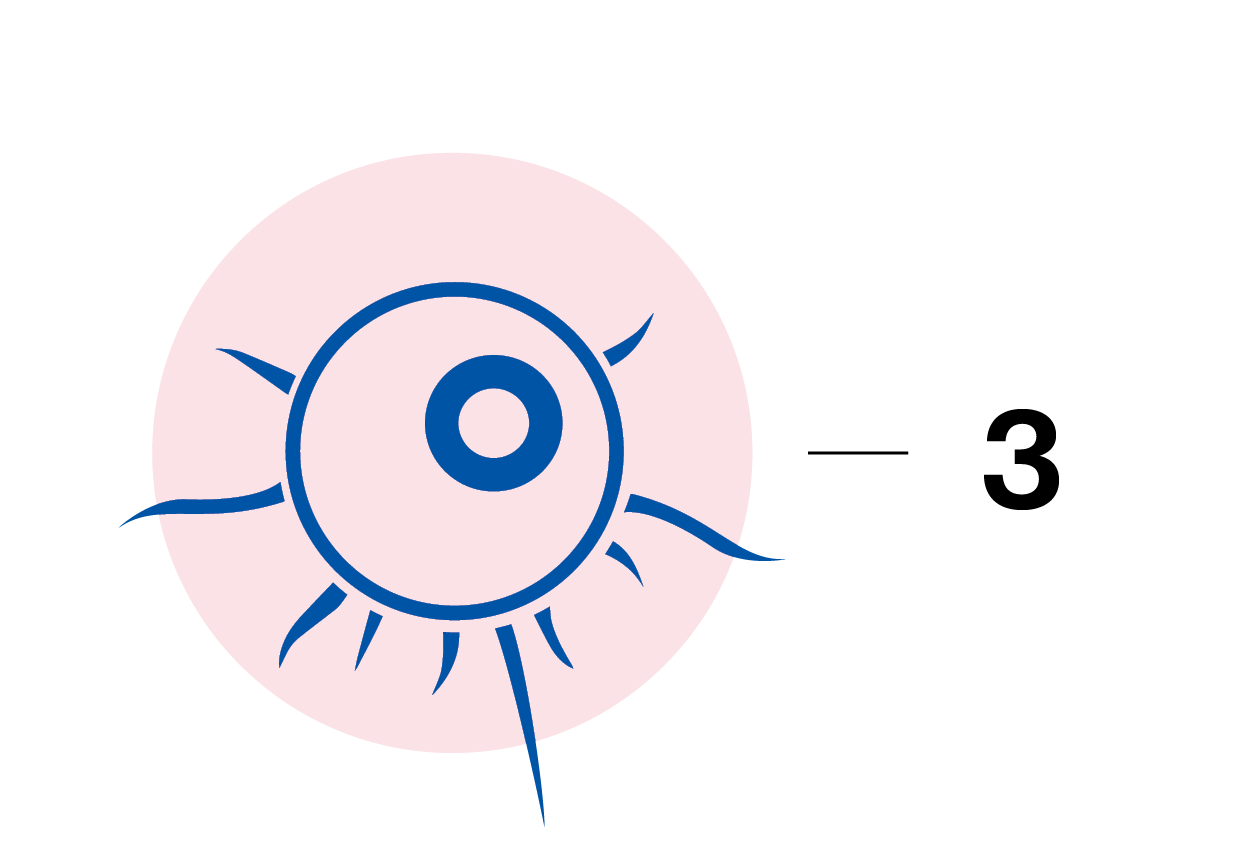

“You rejuvenate cells, but you didn’t lose the identity,” says Klausner, who calls it an “Aha!” moment. “That could be safe. And this has [now] been done with many animals. They don’t get cancer as long as you don’t go past this point.”
Exactly how this partial-reprogramming phenomenon works is now a major focus of Altos and other research organizations. During a meeting held in June at a Maine ski resort, reprogramming scientists described studying individual cells by the tens of thousands—tracking in detail what changes they undergo after they’re exposed to more limited pulses of the Yamanaka factors, or to subsets of them. Researchers from the United Kingdom with connections to Altos reported that they’d made skin cells from a 53-year-old person as youthful as those of someone just out of college. They claimed the “rejuvenation point” was reached after 13 days of exposure to Yamanaka’s factors, but no more.
One way the British team concluded that the cells had become younger was by using an “aging clock.” These are measurements that detect epigenetic modifications to DNA, the chemical marks that determine whether a given gene is on or shut off. (Epigenetic controls are part of what gives every cell its specialized identity; an olfactory neuron in your nose doesn’t need the same genes activated as a liver cell that oozes bile.) Because these markers undergo telltale changes over a lifetime, it’s possible to estimate a person’s age, or that of any animal, within a couple of years by checking just two or three hundred of them.
In part because the clocks are eerily accurate, some researchers now believe aging may be caused primarily by the gradual degradation of the epigenetic code, a little like a compact disc that’s been scratched and skips tracks. It’s an attractive theory, and not least because one thing that reprogramming does reliably is reset these marks; after a little treatment with Yamanaka factors, a cell from a 90-year-old will have the epigenetic profile of one from a teenager.
To Klausner, the fact that cells can regain a youthful epigenetic state is remarkable and likely a gateway to important new biology. “Understanding how cells remember how to be an unscratched CD” could lead to the discovery of “missing codes” regulating the whole process of aging, he thinks.
Other scientists say it’s an open question whether aging clocks measure true rejuvenation, a term they say is already being used too loosely. To Charles Brenner, a senior researcher at the City of Hope National Medical Center, people may even be falling victim to circular reasoning when they celebrate those epigenetic changes. “There isn’t a difference between saying they applied the Yamanaka factors and that they have changed the epigenetic profile, since that is what the factors do,” he says. “They then score their study as a rejuvenation success, but there is no scientific basis for doing that. They still don’t know what the intervention does. People should not be assuming more youthful scores on an epigenetic clock equate to better health or longer life expectancy.”
To answer that question, more researchers are applying bursts of the reprogramming factors to mice in bids to reverse specific diseases, or just to see what happens. In 2020, researchers at Harvard led by Sinclair reported that mice exposed to three reprogramming factors could regenerate their optic nerve and regain sight after it was crushed, something usually only a newborn rodent can do. That result earned them the cover of the journal Nature and the headline “Turning Back Time.” Others have claimed that after partial reprogramming, mice perform better on a grip test (they’re hung from tiny bars) and show signs of renewed muscle growth or even improved memory.
So far, many of these individual rejuvenation claims for live mice haven’t been widely replicated by other labs, and some people are skeptical they ever will be. Measuring the relative health of animals or their tissues isn’t necessarily a precise science. And in unblinded studies (where the researchers know which animals were treated), wishful thinking can play a role, perhaps especially if billions in venture capital dollars ride on the result. “Frankly, I doubt the reproducibility of these papers,” says Hiro Nakauchi, a professor of genetics at Stanford University. Nakauchi says he also created mice with Yamanaka factors, but he never saw any sign they got younger. He suspects that some of the most dramatic claims are “timely and catchy” but that the science that went into them is “not very accurate.”
One rejuvenation claim Brenner found troubling this year came from the Salk Institute, in La Jolla, California, which issued a press release saying a group of scientists there (who have since joined Altos) had been able to “safely and effectively reverse the aging process” in mice. It sounded as if they were describing a drug ready for market, not an exploratory form of genetic engineering. Izpisua Belmonte, the chief researcher involved, who now directs a San Diego research center for Altos, separately claimed he could “slow down aging” in the animals.
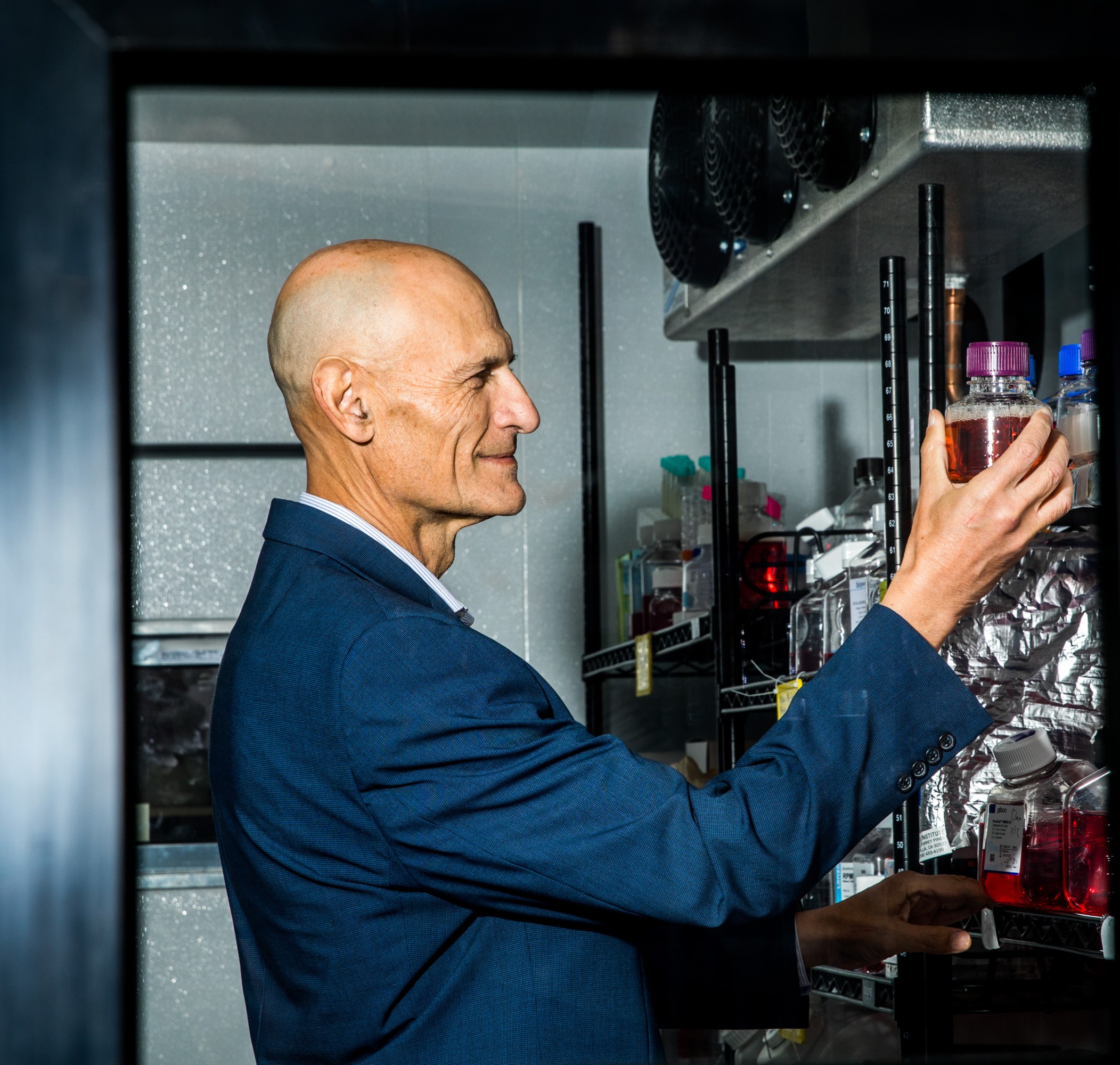
In reality, the results were less definitive than advertised. The researchers had not seen tumors, but they had significantly changed the epigenetic age of cells in just two organs: kidneys and skin. And something else about the result jumped out as puzzling to researchers like Brenner, as well as others who reviewed the paper. Despite saying they’d slowed aging, the Salk team didn’t comment on how long the partially reprogrammed mice lived. Some data in their publication suggests that the rodents’ life spans were unremarkable.
Indeed, so far no research group or company has reported normal mice living longer after being exposed to partial reprogramming. And that’s something you might expect them to do, if the alchemy is real. To João Pedro de Magalhães, at the University of Birmingham, the gap in the data is puzzling, since he believes that whether the technology affects life span “is the billion-dollar question, so to speak.” George Daley, a prominent stem-cell biologist who is dean of Harvard Medical School, wrote in response to the Salk paper that “rigorous demonstration of such an effect” was necessary to call reprogramming a true anti-aging intervention.
“Let’s not pretend that the most important thing has happened if it hasn’t,” says Martin Borch Jensen, chief scientist at Gordian Biotechnology and founder of a grant-making organization. “I mean, is there any evidence for your $3 billion project?”
Disease reversal
When Altos officially launched, in January of 2022, Klausner and other executives strove to distance the company from the concept of life-span extension, even telling reporters that Altos “is not an aging or longevity company.” They’d been stung by suggestions that the project existed to help billionaires cheat death. Instead, in its debut, Altos sought to align itself with a concept called “health span,” which means extending the number of years people spend in good health.
Klausner says reprogramming promises an approach to “disease reversal” that might be applied regardless of how old someone is. If any extension in longevity resulted, it would be only “an accidental consequence” of making people healthier, according to comments made by Hans Bishop, the president of Altos.
Altos seeks to align itself with a concept called health span, which means extending the number of years that people spend in good health as they age.
In an email, Klausner even said that the company will not try to determine whether reprogramming generally extends life. “We have no intention of ever doing life-span extension studies,” he wrote. He noted that an experiment would be impractical—such a test in humans could take too long. Instead, Altos hopes to carry out “very specific” attempts to reverse certain diseases or disabilities, using familiar frameworks for clinical trials that are accepted by regulators and attractive to large drug companies.
To some observers, like Magalhães, Altos is just trying to position anti-aging technology in a guise that’s credible, even though some of the company’s own scientists, like Izpisua Belmonte, have predicted that people will live to 130. “It is curious psychology,” Magalhães says. “We say we are not trying to cure aging, just make people healthy longer. But I don’t think we should be ashamed about what we are trying to do, which is to slow down aging. And rejuvenation, if we achieve it, would be the best way of doing that.”
Klausner told me he thinks the longevity–versus–health span debate is “a distraction.” The average American lives for around 77 years, which is still decades short of the longest lives (the oldest person on record died at 122). That means there are plenty of healthy years to be gained before anyone reaches an unnatural birthday. Nor are gains in average life expectancy unusual—that figure has roughly doubled since 1850, thanks mostly to vaccines, antibiotics, and public health advances.
“There is a lot of room for average life span to increase,” Klausner says, “and that is essentially the goal of all medicine, whether curing cancer or heart disease.”



